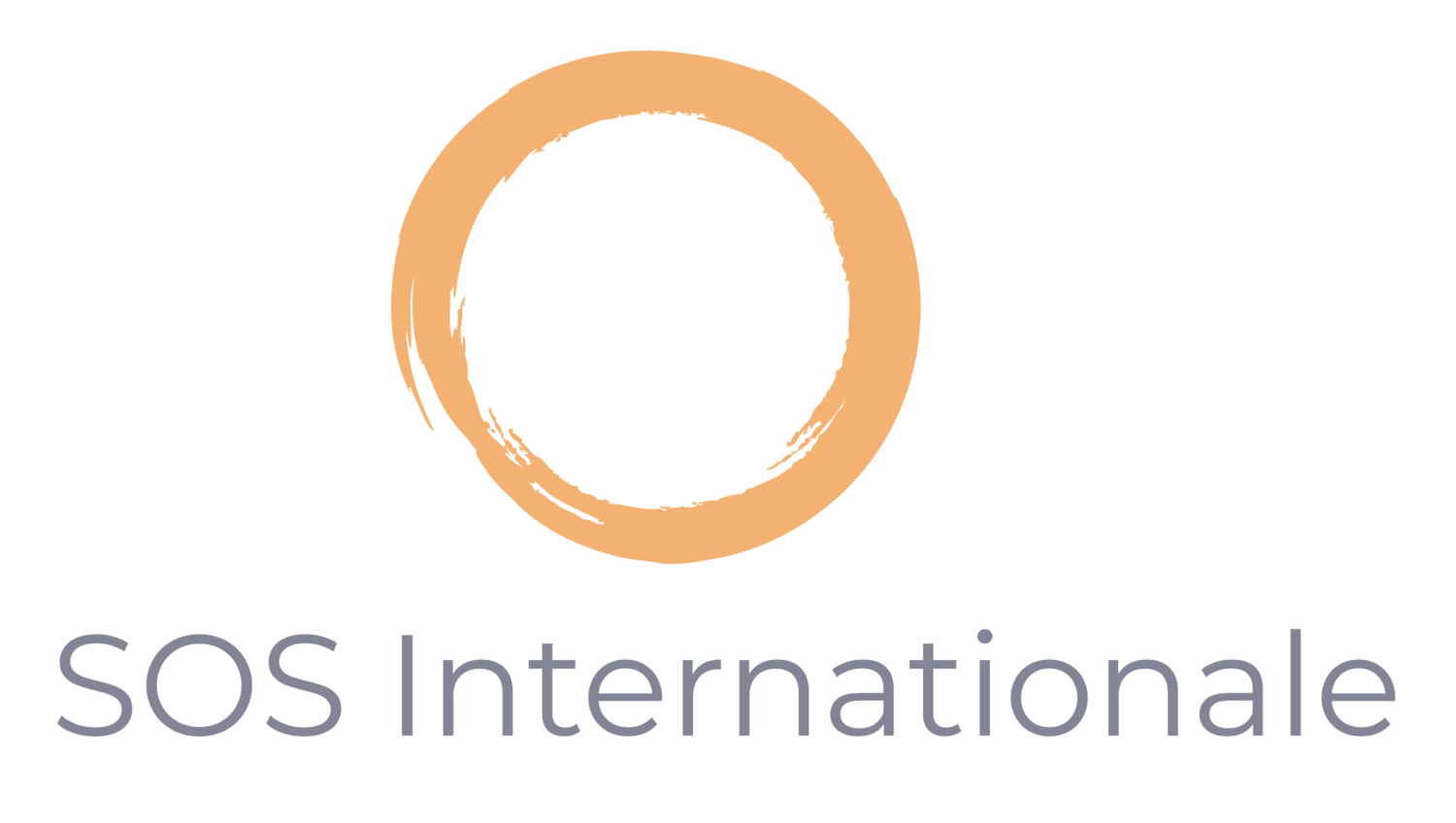NeuroAffective Touch®
with Dr. Aline LaPierre
Dr. Aline LaPierre is the creator of NeuroAffective Touch and director of The NeuroAffective Touch Institute. She is the co-author of the bestselling Healing Developmental Trauma: How Trauma Affects Self-Regulation, Self-Image, and the Capacity for Relationship, a groundbreaking book in developmental psychology now available in fourteen languages.
About NeuroAffective Touch
NeuroAffective Touch is a professional somatic training that introduces psychotherapists and bodyworkers to the use of touch as a vital bridge to body-mind integration. By highlighting the primary role of the body and emphasizing its equal importance to the mind, NeuroAffective Touch (NATouch™) addresses emotional, relational, and developmental deficits that cannot be reached by verbal means alone.
A polyvagal-informed psychobiological approach, NeuroAffective Touch integrates the key elements of somatic psychotherapy, attachment and developmental theory, psychodynamic psychotherapy, and affective and interpersonal neurobiology.
The training is designed to progressively build psychotherapists’ skill and confidence in integrating body-centered interventions into their psychological clinical practice. It also supports bodyworkers in developing the verbal and psychological skills necessary to assist their clients in connecting their neurobiological states to a conscious narrative.
Why is it important to include the body in psychotherapy?
The body cannot be touched without engaging the mind, and the mind cannot be engaged without affecting the body. Continuous loops of information travel bottom up from the body to the brain-mind, and top down from the brain-mind to the body. An important focus in NeuroAffective Touch is the support of this bidirectional flow of information.
Bottom up. The term bottom up refers to how what happens in the body affects the brain-mind. Bottom-up bodily processes are involuntary and unconscious. By connecting directly with the body’s bottom-up, nonverbal sensations and emotions, NeuroAffective Touch speaks directly to the body in its own language.
Top down. The term top down refers to how the brain responds to the information it receives from the body, and the behavior generated based on that information. Top-down responses are voluntary and conscious.
Bottom-up bodily processes and top-down brain-mind mental processes form a whole. One is incomplete without the other. The lack of reciprocity can be likened to a relationship in which only one partner participates.
Rather than privilege top-down processes as does psychotherapy, NeuroAffective Touch invites the mind and body to participate as active partners in the mind-body information loop. By highlighting the importance of the body and emphasizing its equal importance to the mind, NATouch invites a conscious collaborative dialogue between body and mind.
How is NeuroAffective Touch different from bodywork?
The term bodywork refers to hands-on techniques that address relaxation, body posture, and function. Bodyworkers learn to deliberately manipulate the body in order to obtain physical benefits. However, bodyworkers are not trained to address the emotional responses and cognitive issues that accompany their physical manipulations.
NeuroAffective Touch® invites the mind to collaborate as an active partner while engaging the body on its own terms, at the deepest biological level. By paying attention to specific layers of the body — skin, connective tissue, muscle, nervous system, organs — and by following existing rhythms and lines of force, a therapist trained in NATouch attunes to and assists clients in becoming consciously present to their neuroception. This teaches the mind and body to develop a conscious, compassionate relationship.
The therapeutic use of bottom-up touch and bodywork in conjunction with a top-down invitation to the cognitive self to participate helps clients understand how their thoughts, emotions, and body function collaboratively as one organism.
By combining a hands-on neurobiological regulating contact, together with a caring relational presence, NeuroAffective Touch therapists bring a special focus to working with childhood emotional and relational trauma. The therapeutic resonance established within the therapist-client dyad offers a new relational imprint that brings hope to the work of repairing developmental breaches and attachment ruptures that underlie much of life’s suffering.
To find out more about NeuroAffective Touch see the NeuroAffective Touch Institute website

